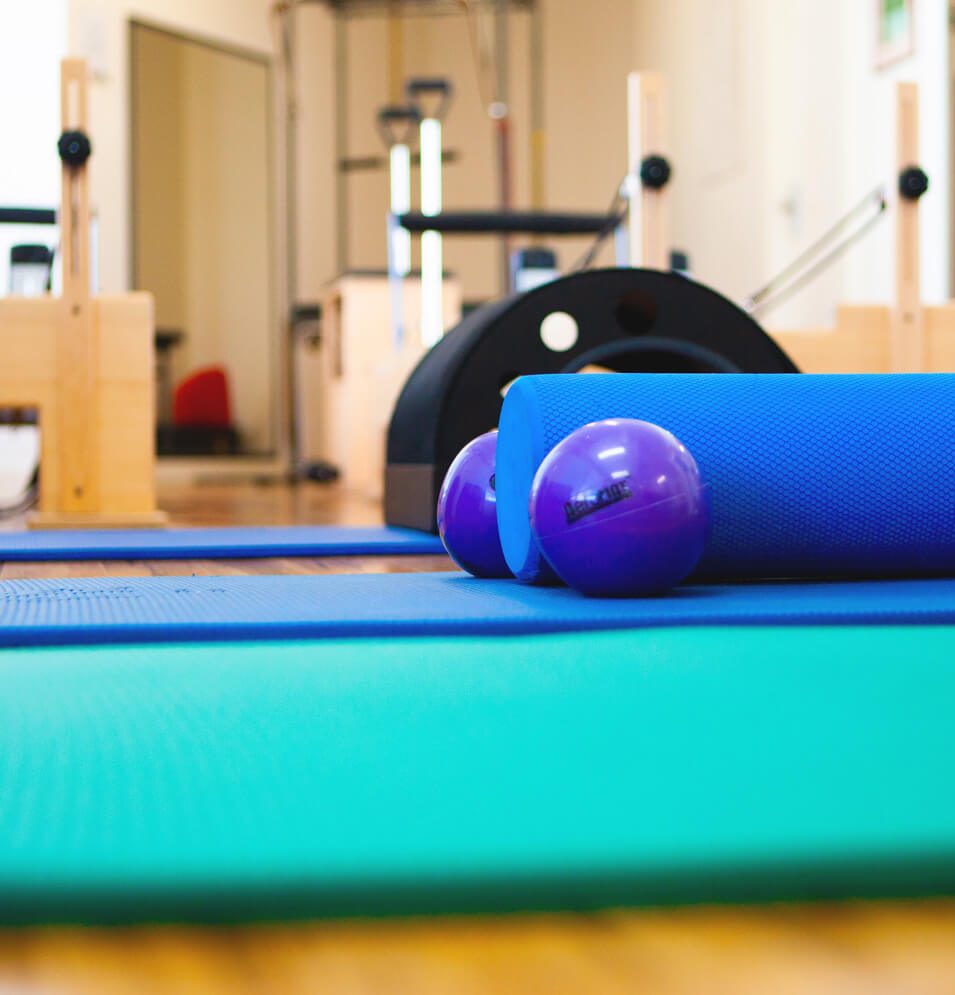Signs and symptoms
What you may have felt:
- Immediate pain on the outside of your ankle
- Unable to walk on it due to pain
- Noises – crack/pop/snap
- You can roll your ankle both inwards and outwards. However outwards is the most common
What should you do?
You should perform the PRICER method:
- Protect – Avoid further injury by using crutches if available
- Rest – Avoid exercise until cleared by your physiotherapist
- Ice – Every hour place an ice pack on the sore area for 20 minutes.
- Compression – Use Tubigrip, skins or another compression garment around your ankle to decrease swelling
- Elevation – When resting keep your ankle above your heart level to decrease swelling
- Referral – To your physiotherapist and/or sports medicine doctor. Check with your local Lifecare clinic if a doctor’s referral is needed before your appointment
You should avoid:
- Heat
- Alcohol
- Running
- Massage
What type of treatment is best?
See your physiotherapist and/or sports medicine doctor.
- They will diagnose the injury and provide the best local treatment, and/or medication.
- Commonly the ankle will be bandaged or strapped to protect from further damage and help reduce the swelling
- Some injuries require a ‘moon boot’ and possibly crutches
- Early mobilisations from the physiotherapist assist healing and regaining control of the ankle movements.
Then what type of rehabilitation is best?
Once the pain and swelling has decreased, an exercise program will be given to you by your physiotherapist.
It will include:
- Balance exercises – improve co-ordination of ankle muscles
- Strength exercise – improve the ankles ability to withstand forceful movements
- Sport based exercises (hopping, zig-zag running) – to prepare you for sport
How long until you can return to sport?
The severity of your symptoms determines how long you have off sport, however generally:
- Grade 1 – 1 to 3 weeks
- Grade 2 – 4 to 6 weeks
- Grade 3 – 6 to 12 weeks
- Grade 4 (surgery) – More than 6 months
Recurrent ankle sprains are very common, and a significant number of these can be prevented with early treatment and a properly designed exercise program.
Strapping is usually an essential part of returning to sport safely, and is regularly required for up to 6 months after the initial injury.
For further information see your local Lifecare practitioner. Click here to find your closest Lifecare clinic.

